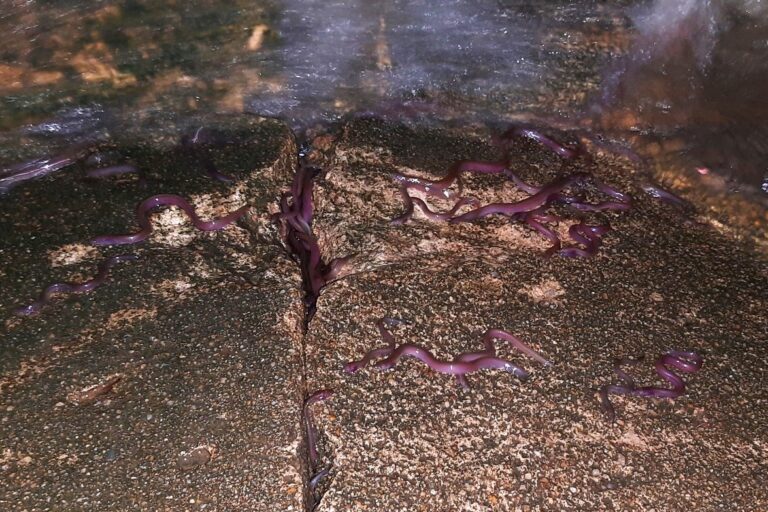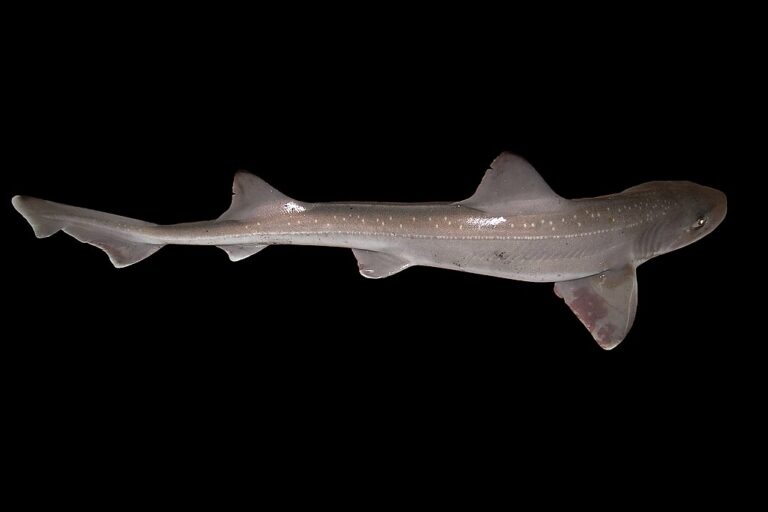Researchers have captured video of an unexpected predator at two bat hibernation sites in northern Germany: invasive brown rats that lie in wait to intercept the bats mid-flight.
Invasive rodents are known predators of native animals on islands, including bats. However, this is likely the first time invasive brown rats (Rattus norvegicus) have been recorded feasting on bats in urban hibernation sites of continental Europe, the researchers say in a recent study.
“Because bats in Central Europe are increasingly threatened by human activities such as urbanization, light pollution, and road construction, it is becoming harder for them to reach their winter hibernation sites,” Florian Gloza-Rausch, study co-author and bat researcher at the Museum of Natural History Berlin, told Mongabay by email. “If an additional stress factor — predation by invasive species — is added, populations may weaken and decline further.”
The brown rat, believed to be native to parts of Asia, colonized Central Europe in the 18th century and has since become pervasive in the region’s cities and towns.
In northern Germany, the researchers observed rats preying on native bats at two sites: Segeberger Kalkberg, a cave in the town of Bad Segeberg, and Lüneburger Kalkberg, a rocky hill with crevices in the city of Lüneburg.
Both sites are winter roosts for thousands of bats, including Daubenton’s bat (Myotis daubentonii), Natterer’s bat (Myotis nattereri) and the rarer Bechstein’s bat (Myotis bechsteinii) and pond bat (Myotis dasycneme), Gloza-Rausch said.
At Segeberg, the team installed infrared video cameras at the cave entrance in late August 2020 and ran them until early October. Over those five weeks, they observed brown rats frequently patrolling a landing platform at the cave’s entrance and adopting one of two hunting strategies: snatching bats as they flew in, or catching them as they landed on the platform.
“We were impressed by the fine motor skills of the brown rats,” Gloza-Rausch said. “It was astonishing how precisely and skillfully they could catch bats in mid-air.”
The researchers also found a stash of at least 52 dead bats in a rat feeding site, suggesting the rats regularly caught and hoarded the bats, they write.
At Lüneburg, the team, using handheld thermal imaging devices, detected brown rats around crevices that bats enter through. They also observed a cache of bat carcasses deep in a rock fissure, like at Segeberg, although they didn’t directly observe rats eating bats.
“The fact that rats were present as predators at both large bat hibernacula struck us as remarkable,” Gloza-Rausch said. “We now hope to hear about similar observations from other parts of the world.”
He added they hope their results “will encourage local authorities to allocate resources for controlling rat populations” near both sites.
Brown rats capturing bats at Segeberger Kalkberg. Video courtesy of Gloza-Rausch et al., 2025 (CC BY-NC-ND 4.0).
Banner image: Video of a brown rat catching a bat at Segeberger Kalkberg. Image courtesy of Gloza-Rausch et al., 2025 (CC BY-NC-ND 4.0).














